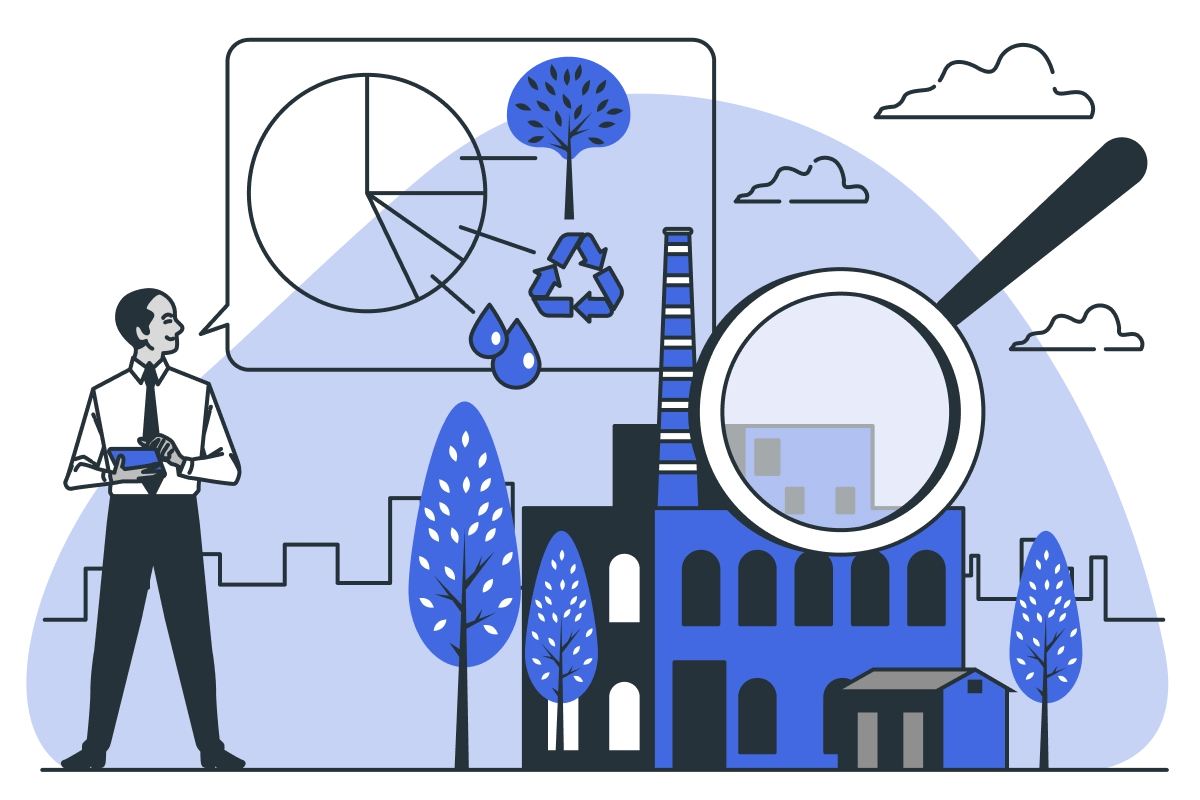
When it comes to managing cloud infrastructure, the promise of “only pay for what you use” is one of AWS's biggest selling points. But here's the catch: many businesses think they're only paying for what they use - until their cloud bill tells a different story.
Idle or underutilized AWS resources can silently drain your budget. In a world where scalability and efficiency are key, letting those unused resources pile up is like leaving the lights on in an empty house - except way more expensive.
Let's talk about how to spot, assess, and eliminate those sneaky idle AWS resources.
What Are Idle Resources?
Idle AWS resources are services you've provisioned but aren't actively using. Some common culprits include:
- EC2 Instances: Running 24/7 even when traffic is low or nonexistent.
- EBS Volumes: Attached storage not in use or orphaned after EC2 termination.
- Elastic Load Balancers: Sitting idle with no instances behind them.
- Elastic IPs: Reserved but not associated with a running instance.
- RDS Instances: Underused or running in dev environments with no recent activity.
- Snapshots and AMIs: Stored indefinitely without any plan for use.
Individually, these might cost just a few dollars a month - but together, they can snowball into thousands over time.
Why Idle Resources Happen
It's easy to lose track of what's running when:
- Multiple teams spin up resources independently.
- Projects are launched and later abandoned.
- Test environments aren't properly shut down.
- Developers forget to delete resources after use.
- There's no centralized monitoring or tagging strategy.
The convenience of AWS can ironically lead to more waste if left unchecked.
How to Find Idle AWS Resources
Here are some ways to track them down:
1. Use AWS Cost Explorer
AWS Cost Explorer helps you visualize where your money is going. Use it to spot cost anomalies or trends in services that aren't actively tied to usage spikes.
2. Enable AWS Trusted Advisor
Trusted Advisor flags idle or underutilized resources across EC2, EBS, RDS, and more. While some features require a Business or Enterprise Support plan, even the free tier offers useful insights.
3. Use Resource Tagging
Tag resources with metadata like owner, environment, or expiration date. This helps you filter and find resources that no longer serve a purpose.
4. Run Custom Scripts
AWS CLI or aws-sdk-v3 (for Javascript) lets you write scripts to identify low-usage resources. For example:
- Check CPU usage across EC2 instances.
- List unattached EBS volumes.
- Identify ELBs with zero registered instances.
5. Set CloudWatch Alarms
Monitor metrics like CPU usage, memory, and disk activity. If thresholds are consistently low, it's a sign to downsize or terminate the resource.
What To Do With Idle Resources
Once you've identified idle resources, you have a few options:
- Terminate: Shut them down if they're not needed.
- Downsize: Use smaller instance types or switch to serverless models.
- Automate Shutdowns: Use Lambda or scheduler scripts to stop resources during off-hours.
- Archive: Move infrequently accessed data to S3 Glacier or Cold Storage.
Best Practices to Avoid Waste in the Future
- Implement Lifecycle Policies: Especially for S3 buckets, snapshots, and backups.
- Use Infrastructure as Code (IaC): Makes it easier to track, modify, and destroy resources.
- Review Costs Monthly: Regular audits catch anomalies before they spiral.
- Educate Teams: Make resource hygiene part of your development workflow.
Final Thoughts
Cloud costs shouldn't be a mystery. By taking a proactive approach, you can spot and eliminate idle AWS resources before they dent your bottom line. Remember: the most powerful thing about AWS isn't what you can spin up - it's what you can scale down just as easily.
Take control of your cloud today - your future self (and your finance team) will thank you.

Author - Sulay Sumaria
I'm Sulay Sumaria, a full-stack engineer and project manager with expertise in JavaScript, cloud platforms, and automation. I'm AWS Certified and experienced in building scalable solutions and leading cross-functional teams.
Recent Articles
- How to Monitor and Control AWS Data Transfer Costs
- Smart Storage Optimization Strategies on AWS
- Maximizing Efficiency with AWS Auto Scaling Optimization
- Understanding AWS Reserved Instances and Savings Plans: Smarter Cost Management for Long-Term Use
- Optimizing Cloud Efficiency Through Instance Right-Sizing
Ready to Transform Your Business?
Let's discuss how we can help you achieve similar results.
Get In Touch